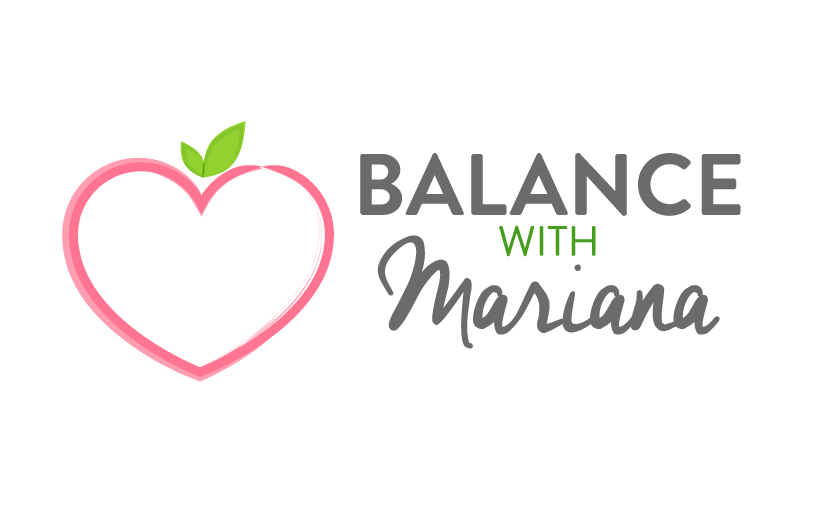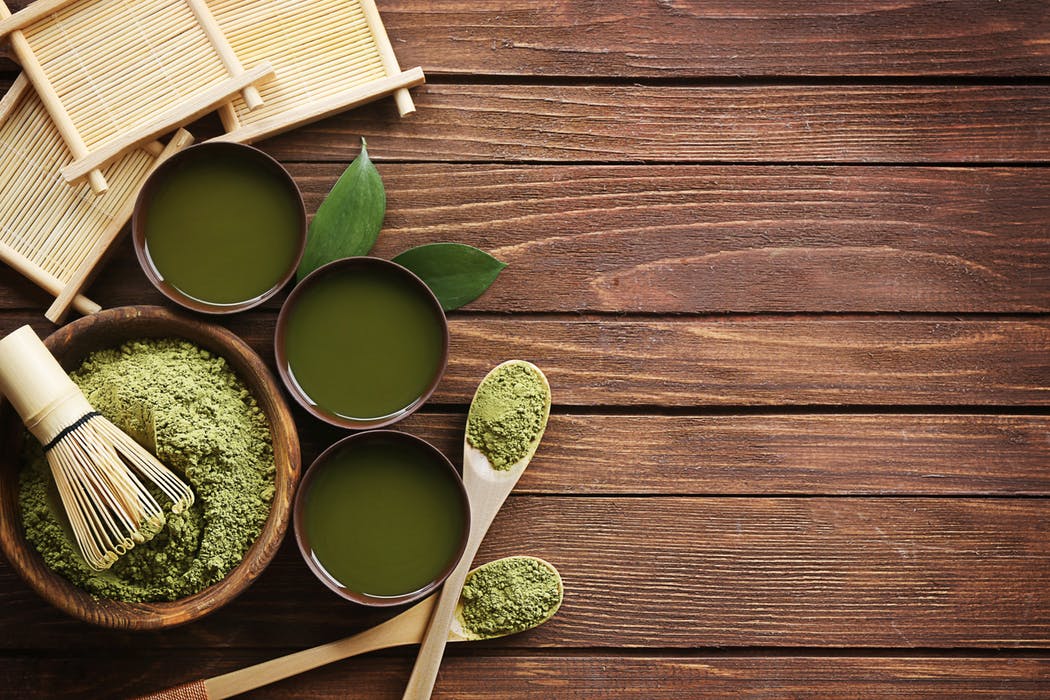Most of you know that I’m a huge fan of GREENS. One of the TOP things you can do to boost your health is adding more green vegetables to your diet.
However, on top of the fresh leafy green superfoods like kale and spinach, there is now a growing supply (and demand) of powdered GREEN SUPERFOODS that even more nutrient-dense and awesome for your health.
You’ve probably heard of some of these green superfoods like Moringa and Spirulina and maybe seen them in your local health store (ex. at Whole foods, or Balance Studio in Managua). They’re now included in many protein powders, mixed superfood powders, on their own as pure-form powders, capsules, and even in protein bars and green juices.
But with so many “superfoods” these days, it can get confusing. What are the different kinds, what are their benefits, which do you need, how/when should you take them...?
Today I’ll go through the differences/benefits of the TOP 5 GREEN SUPERFOOD powders (and some additional tips):
- Moringa
- Chlorella
- Spirulina
- Wheatgrass
- Barley grass
What’s the main difference between these superfoods?
First let me classify them: Moringa is a Plant. Chlorella and Spirulina are types of marine algae. Wheatgrass and Barley grass are of course, grasses pertaining to cereal grains.
(And I’ll just mention, in case you’ve wondered where Chlorophyll falls, it’s basically the pigment found in green plants, so all of these superfoods are rich in chlorophyll).
Where can you find them?
All of these can be found in high-quality, powdered green mixes that usually contain a combination of dried, powdered green vegetables, seaweeds, superfoods, and more (ex. probiotics and/or adaptogens).
Some great options include:
- Amazing Grass Superfoods (and THIS is a great version for Kids)
- Athletic Greens
- Garden of Life Perfect Food
They can also be found standalone as powders, capsules, or in fresh cold-pressed juices. Some pure powders I suggest include:
- Sun Potion Chlorella powder or Sun Chlorella powder or tablets
- Pure Hawaiian Spirulina powder
- Organic India Moringa or Sun Potion Moringa powder
TIP: How do you know which are the best powders/capsules to buy?
Look for supplements/powders with no fillers and with certifications for ingredients that are organic, non-GMO, gluten free, vegan, etc. Don’t skimp on quality when using these mighty greens (ESPECIALLY spirulina which could come from contaminated ocean water) and make sure you purchase from a reputable brand that's been recommended by health practitioners.
How do you use them? How much is needed?
These powdered superfood greens come in the form of a water-soluble powder that can be mixed in with any liquid of choice (ex. water, coconut water or almond milk) or blended into your smoothie.
When taking them in their pure powdered form, they are often bitter, but the good news is that a small amount goes a long way. Usually adding ½ teaspoon of the pure powder is plenty. Most commonly people take between 2-6 grams when supplementing with one of these superfoods.
When it’s a mixed greens powder that has lower concentration (and often better taste), it usually comes with a measured scoop and you can add a full scoop to your water/nut milk/smoothie. I personally suggest adding a small scoop of your favorite powdered greens to your smoothie (especially because the taste can be a bit harsh to just mix with water).
And if you’re not yet into smoothies, getting a dose of these 5 superfoods into your diet is another reason to start introducing healthy green smoothies into your diet, even if its just once or twice a week!
NOTE: I always stress that you check with your medical practitioner before starting any supplements, including these powerful superfoods, especially if you have a health condition or take any medications.
And MOST IMPORTANTLY ... What are the benefits?
These superfoods pack even more nutrients than anything you can find in the salad bar as they are more nutrient-dense (as they contain more nutrients and less water than most leafy greens).
All of these superfoods are packed with micronutrients that we all can benefit from, to give us better digestion, more energy, better skin, help promote weight loss, and more.
And because all of these 5 superfood greens are very rich in chlorophyll, they share the benefits of chlorophyll, including its ability to improve liver detoxification, bind to (and help eliminate) potential carcinogens, lower inflammation, promote healing, boost the immune system, reduce constipation and speed up elimination.
Additionally, each of these 5 green superfoods has its own set of specific qualities/benefits that I’ve summarized below:
MORINGA
Moringa oleifera is a plant that has been used for centuries due to its medicinal properties and health benefits (especially in Ayurvedic medicine). It has potent antifungal, antiviral, and anti-inflammatory properties, and has been known to help regulate blood-sugar levels.
Moringa is a rich source of: vitamins A, B (especially B2 & B6), C, and E; calcium; potassium. Plus its extremely rich in PROTEIN and ANTIOXIDANTS.
Main benefit: This plant’s biggest underlying benefit is its potent antioxidant capacity that helps significantly lower inflammation in the cells. It’s like another turmeric!
Other benefits:
- protects the liver + kidneys
- treats stomach issues, specifically constipation, gastritis and ulcerative colitis
- boosts mood
- protects the cardiovascular system
- helps wounds heal
- helps reduce the amount of glucose in the blood
- improves eye health
- helps the body absorb more iron
- helps to lower cholesterol and blood pressure
- helps the body convert fats into energy
- reduces fatigue and improves energy levels
CHLORELLA
Chlorella is a blue-green alga (like spirulina). It is rich in phytonutrients, including amino acids, chlorophyll, beta-carotene, potassium, phosphorous, biotin, magnesium and the B-complex vitamins.
Main benefit(s): Chlorella aids in your body’s detoxification process (I often suggest people include it when doing one of my detoxes, and in my 3-day detox, I provide a supplement of fermented chlorella with your foods!). Chlorella also supports healthy hormonal function, promotes cardiovascular health, and lowers high blood pressure and cholesterol.
Other benefits:
- can aid in detoxing radiation and negating effects of chemotherapy
- detoxifies heavy metals
- supports immune system
- promotes healthy weight loss
- can lower blood sugar and cholesterol levels
TIP: Chlorella has a super tough exterior cellular wall, making it difficult to digest and absorb. So if experimenting with a supplement, it's best to use “cracked cell wall chlorella” or powdered chlorella because it's readily absorbable.
SPIRULINA
Similar to chlorella, Spirulina is a blue-green algae with huge health benefits. Spirulina is arguably one of the most nutrient-dense food on the planet. I recently read that there are currently nearly 1,200 peer-reviewed scientific articles evaluating its health benefits!
Spirulina includes all the essential amino acids making it an excellent, high-quality source of plant-based protein (its about 60% protein), plus it's also a good source of beta-carotene, various minerals, and even has some essential fatty acids.
Main benefits: Spirulina is popular because of its ability to help with weight loss. Additionally, Phocyanin, the main active compound in spirulina, has powerful antioxidant and anti-inflammatory properties.
Other benefits:
- can aid in detoxifying heavy metals
- helps eliminate and protect against candida
- lowers blood pressure
- reduces cholesterol
- lowers chance of stroke
- boosts energy
- speeds up weight loss
- helps with sinus issues
- boosts memory
WHEATGRASS
Wheatgrass is now widely available at almost any juice shop now (which often offer “wheatgrass shots”). This grass can be grown and prepared at home, or purchased as a juice, powder or supplement.
Like the other superfoods, Wheatgrass is a high-quality source of different vitamins, minerals and antioxidants. It is especially high in vitamins A, C and E, as well as iron, magnesium, calcium and amino acids. Wheatgrass also consists of about 70% chlorophyll, the pigment that gives plants their green color.
Other benefits:
- may help lower cholesterol levels
- aids in blood sugar regulation
- reduces inflammation
- may help promote weight loss
Note: Wheatgrass comes from the wheat plant but does NOT contain gluten. Only the seeds of the wheat kernel contain gluten — not the actual grass. However, if you are very sensitive to gluten, stick to products that are certified gluten-free.
BARLEY GRASS
Barley grass, similar to wheatgrass, comes from a cereal grain (in this case, from the young shoots of the barley plant), is also gluten-free and extremely nutrient dense and packed with antioxidants and enzymes. Barley grass is rich in vitamins A, B (especially B1, B2, B3, B6, B12), C, E, iron, magnesium, and contains 11 times more calcium than milk! Its also rich in protein, fiber and chlorophyll.
Main benefits: For centuries, barley grass has been used to treat issues such as skin inflammation, liver problems and blood issues.
Other benefits:
- can improve insulin resistance and lower sugar levels
- lowers cholesterol
- aids in healthy weight loss
- eliminates toxins from cells
- promotes normal sleep cycles
- regulates blood pressure
- enhances immunity
- protects the liver
- improves gastrointestinal function;
- has anti-inflammatory and antioxidant effects
Like wheatgrass, you can find barley grass both in juice form or powdered (and its included in many of the mixed powdered superfoods such as Amazing Grass, Garden of Life and Navitas superfoods).
image credit: minamilist baker
CONCLUSION: To reap some of these AMAZING BENEFITS of these 5 green superfoods in an easy way, start by adding a scoop of your favorite powdered superfoods to your breakfast or post-workout smoothie a few times a week. You’ll be boosting your health in many ways! Or check the benefits of each of these superfoods, choose 1 that appeals most to you and your health goals, then start by adding a small amount of this superfood (if all a-ok with your doctor) to your daily diet, and watch the results!



